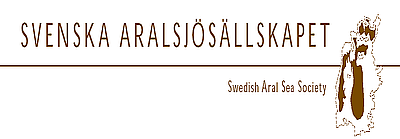12b.
Teaching sustainable development – A guide for teachers
For the teachers important questions are how the topics of sustainable development may be included in the curriculum, which aspects of SD should then be part of the courses, and if it should be a special subject or something much more general. Most policy documents emphasize that the understanding and knowledge about sustainable development should be included in all education, just as e.g. democracy. However, in practice, the answer is both. We need both special courses in sustainable development and that the topic of SD in different ways is included in all other subjects.
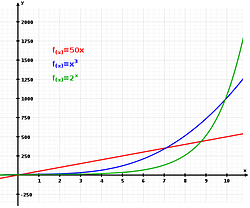 In specialized education for SD a few basic messages, the basic conditions for sustainable development, need to be put on the table, which, although simple, are not always fully understood. These include the difference between growth and development, too often forgotten in the modern economic growth societies. Secondly, again the systems view and how this relates to and influences its parts (nature, society, and humans). Here the understanding belongs that each system has limited capacity, the carrying capacity, and that the Earth is limited. A specialized course on sustainable development is of course the one you are studying right now.
In specialized education for SD a few basic messages, the basic conditions for sustainable development, need to be put on the table, which, although simple, are not always fully understood. These include the difference between growth and development, too often forgotten in the modern economic growth societies. Secondly, again the systems view and how this relates to and influences its parts (nature, society, and humans). Here the understanding belongs that each system has limited capacity, the carrying capacity, and that the Earth is limited. A specialized course on sustainable development is of course the one you are studying right now.
Sustainability may be included in all or almost all subjects. It seems rather easy to include SD in natural sciences. For example, in biology many aspects of resource flows and environmental impact can be included, and in physics energy use is easy to include.  In social sciences, it is not too difficult to discuss aspects of participation and democracy and the UN process. Some teachers believe that humanities, e.g. history, is not part of it, but in fact on the contrary, it is very much so. The process towards unsustainable situations (resource use, demographic development etc) are part of world history. Probably all subjects could easily relate to SD as we are dealing with a systems study where nature, society, and humans are parts.
In social sciences, it is not too difficult to discuss aspects of participation and democracy and the UN process. Some teachers believe that humanities, e.g. history, is not part of it, but in fact on the contrary, it is very much so. The process towards unsustainable situations (resource use, demographic development etc) are part of world history. Probably all subjects could easily relate to SD as we are dealing with a systems study where nature, society, and humans are parts.
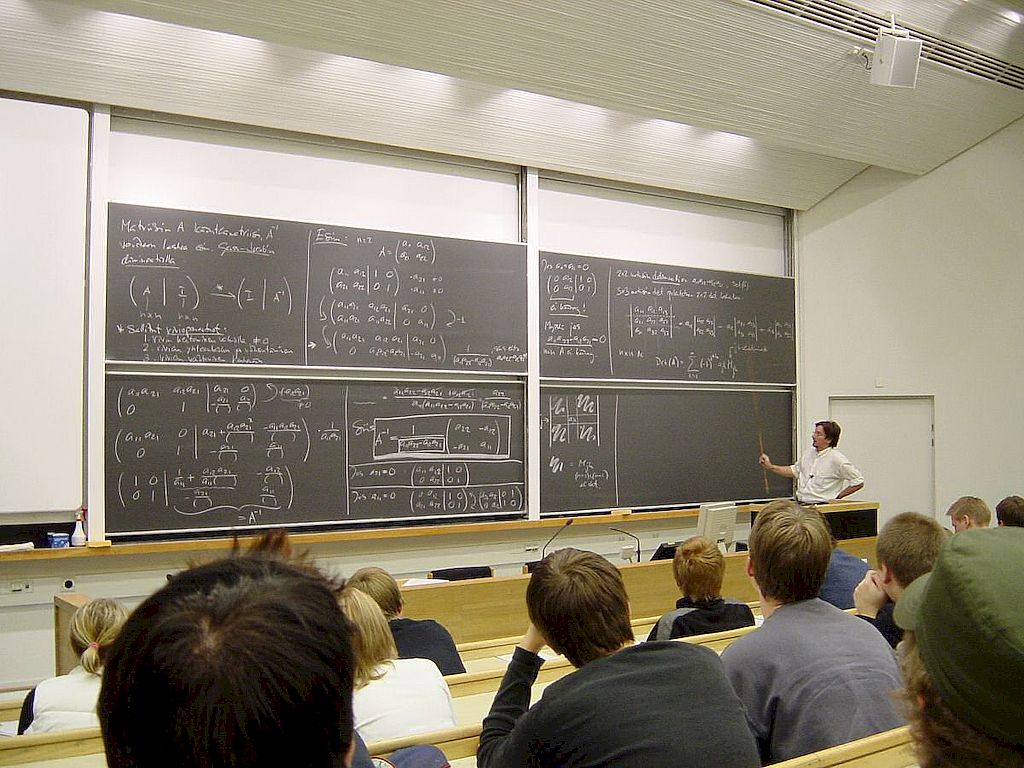
The classical format for teaching, at least at universities, is the lecture. This does not fit as the only model for ESD. The teacher should at best use a variety of formats. These include some classical formats, such as discussion seminars and group exercises, but there are many more. Among the many possible formats one may list several in the classroom, such as debates (for or against a proposition) exhibits (making e.g. posters), playing games physical or computer games, or role-playing. Outside the classroom there may be field visits, e.g. to a city administration or work in a garden.
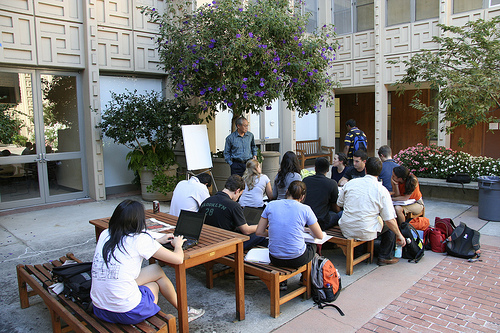
In education for sustainable development, the role of the teacher is different from the traditional one. Traditionally, the teacher is perceived as the one who knows the subject being taught. This is not possible in the same way with ESD since the subject is too wide, it includes “the whole world” and how it functions or too often malfunctions. The teacher may of course be very knowledgeable in some special and important aspects of the sustainability agenda, such as energy efficiency or tax shift and economic policy instruments, but there are too many other subjects to cover for a single person to master.
What then should the teacher do? Rather, he/she should know the agenda, that is, the list of issues to be discussed rather than the content of each discussion. The teacher should know the map rather than the detailed landscape on each part of the map. The teacher for this reason becomes a guide for the learners, to travel through the landscape of sustainable development. The teacher becomes a facilitator for the learners, a person who helps the students in the process of education for sustainable development. Facilitation is a skill in itself; some are very good facilitators, and it is important to learn from them.
A recommended arrangement is to teach in teams, most often two teachers together, often one with more natural science background and another with more social science background. It is also recommended, if possible, to invite external lecturers and other interesting persons, e.g. from the city or a company, to talk to the students. One should also see the students themselves as a resource in teaching. When they make summary reports from group discussions or simply show their posters, it is also valuable teaching.
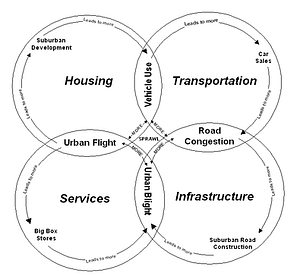 The teacher in ESD should however at best have some special skills. One such is to show how to work with systems. Systems approaches come at least in three levels. Simplest is systems thinking. Here, one may simply write down the components of the system on a piece of paper and discuss how they relate to each other. Second most advanced is systems analysis. Here one should describe in more clear terms how components of the systems relate in a more qualitative way, positive or negative feedbacks, etc. Finally, systems dynamics is a computer tool, which may be quite advanced.
The teacher in ESD should however at best have some special skills. One such is to show how to work with systems. Systems approaches come at least in three levels. Simplest is systems thinking. Here, one may simply write down the components of the system on a piece of paper and discuss how they relate to each other. Second most advanced is systems analysis. Here one should describe in more clear terms how components of the systems relate in a more qualitative way, positive or negative feedbacks, etc. Finally, systems dynamics is a computer tool, which may be quite advanced.
Also, normative aspects, that is, the value or ethics of sustainability, need to be included. One may compare to medical studies where it is obvious that there is a normative aspect, that is, the intention in the profession is to help and cure the patients. In the same way, when working for sustainable development, one wants to increase the health and wellbeing of society and its environment. The attitude that teaching is value neutral does not fit here. On the contrary, the normative side of life is more difficult for students to grasp than the factual side, and the teacher have a very crucial role to help students in this respect.
Thirdly, one needs to include action competence in the education. This is not so easy; it may be best to start discussing the individual action or individual change, which concern life patterns, habits etc. of the student him/herself. If the students are capable of analysing (e.g. by calculating footprints) their own impact on the environment caused by lifestyle, such as travel habits etc. they may make a more competent analysis of what changes may contribute to sustainable development. Next is to be careful with what you buy (action as consumers). Finally, the student can be politically active as voters, as members of an interest group or NGOs to reach the politicians in the community. How to do this should be included in ESD.
Action competence has become an increasingly important priority with time. The phrase “Learning to change the world” is the title of the Gothenburg initiative for ESD. It is coming up as the most important part of UNECE (UN Economic Commission for Europe) strategy for ESD. We are looking forward to a necessary transition of our societies to a more sustainable future. Education and the teachers have a key role in achieving this change.
Materials for session 12b
Basic level
- A basic document is The Gothenburg Recommendations on Education for Sustainable Development.
- Learning for Sustainability (LfS) of Will Allen, PhD, Massey University, New Zealand is a very rich site on the topic of education for sustainable development
Medium level (widening)
- Study the Education for Sustainable Development Toolkit by Rosalyn McKeown.
- Education for Change: A Handbook for Teaching and Learning Sustainable Development.
- Education for Global Responsibility – Finnish Perspectives
Advanced level (deepening)
- Look for more details in some case studies of the Baltic Eco region project Innovation and Education for Sustainable Development.
- Study the role of NGOs in The rise and role of NGOs in sustainable development from International Institute for Sustainable Development, IISD.
- A global set of cases: Good Practices in Education for Sustainable Development: Teacher Education Institutions by UNESCO.
References
The Gothenburg Recommendations on Education for Sustainable Development. 2008.
Jutvik, G. and Liepina, I. (eds.). 2005. Education for Change: A Handbook for Teaching and Learning Sustainable Development.
Kaivola, T. and M. Melén-Paaso (eds.). 2007. Education for Global Responsibility – Finnish Perspectives. Publications of the Ministry of Education, 2007:31. Ministry of Education. Department for Education and Science Policy.
McKeown, R. 2002. Education for Sustainable Development Toolkit. Waste Management Research and Education Institution.
UNESCO 2007. Good Practices in Education for Sustainable Development: Teacher Education Institutions. Section for Education for Sustainable Development (ED/UNP/ESD) UNESCO, Paris, France.
BUP Sustainable Development Course
